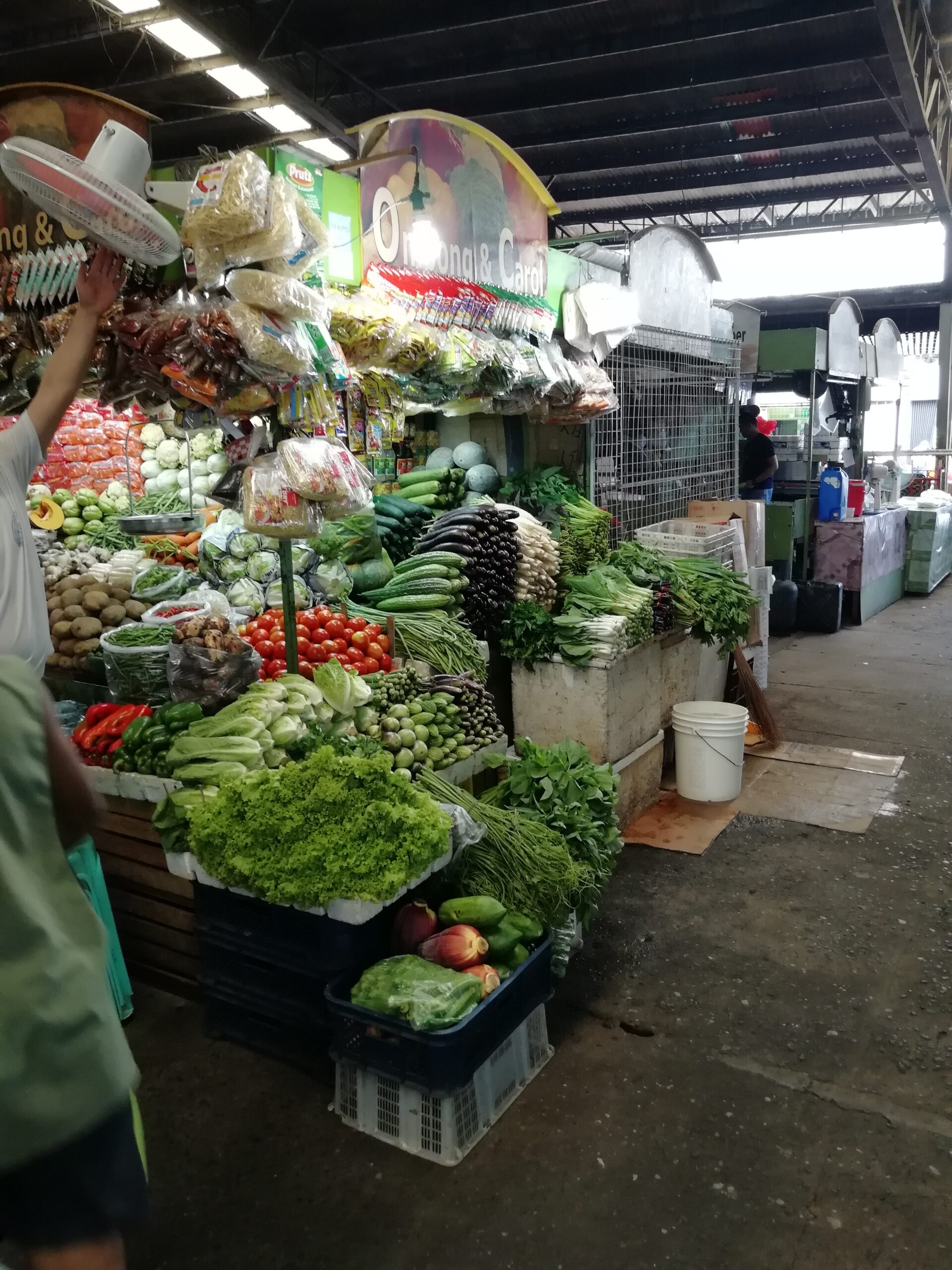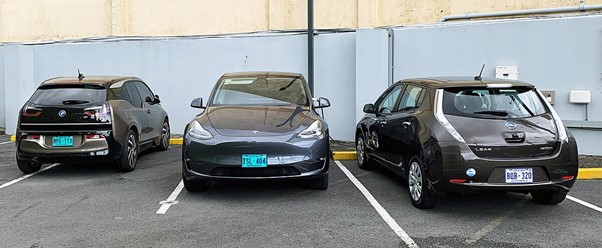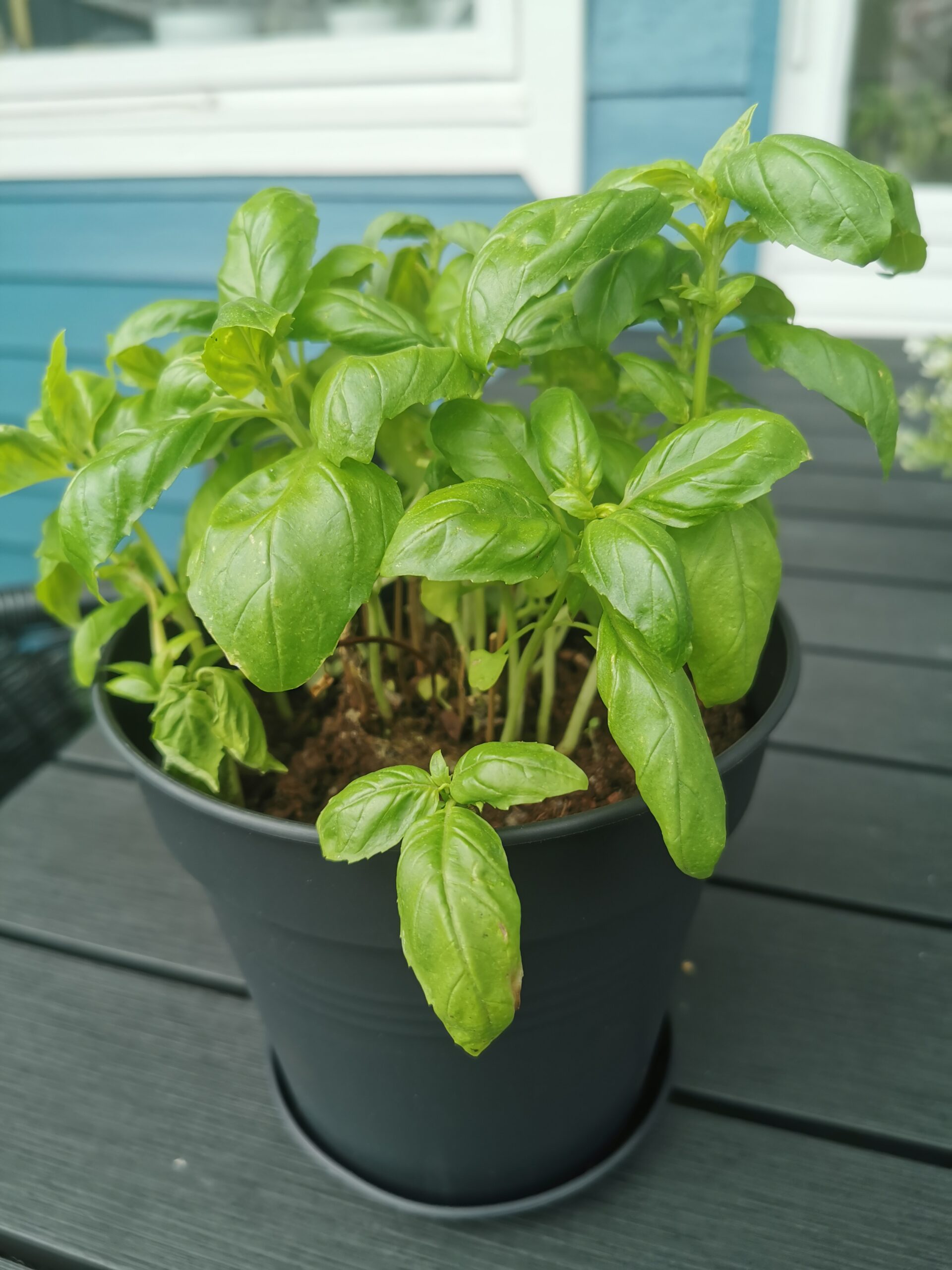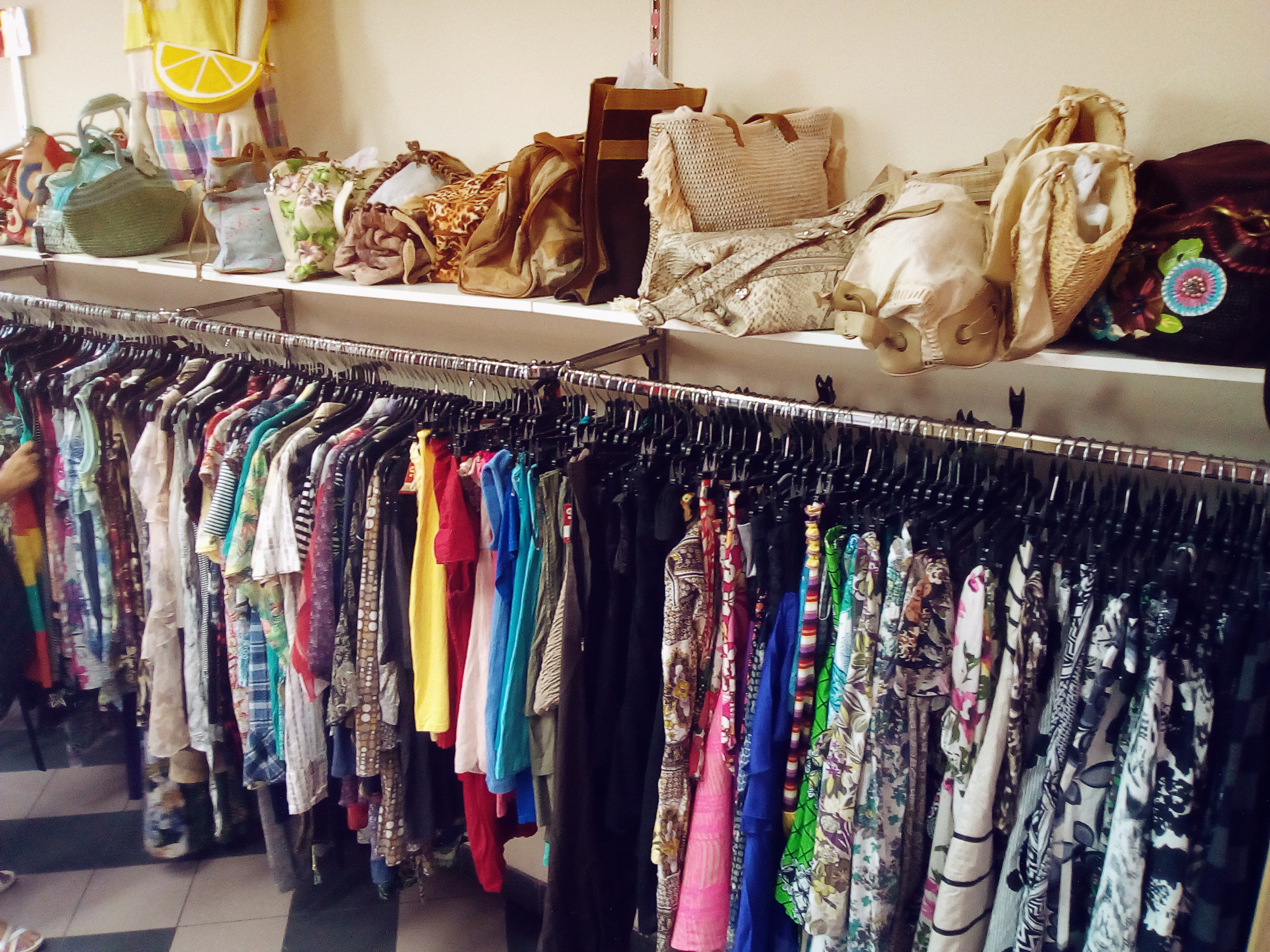
New Year’s Eve might have been and gone, but some of us are still struggling to think of some good New Year’s Resolutions. For the conscientious consumer, we offer 4 ideas to ease the burden on Mother Earth:
Greener Groceries:
Choosing to buy fresh, ripe, seasonal, locally grown fruits and vegetables is not only an excellent way to support small businesses and farms, but greatly reduces the carbon footprint of the food you eat. If a local farmer’s market or co-op isn’t available, many grocery stores source produce locally, providing an alternative to support local communities; this also means getting ingredients when they are at their prime ripeness and freshness. Additionally, produce obtained locally undergoes shorter transit times, preserving greater nutritional value and flavor. It’s a win-win!

Where possible, opt for plant-based foods. I know, I know; not everyone wants to go full vegan or vegetarian, but do you think you could go reducetarian? This is an effective strategy to mitigate the broader impacts of food consumption; Nearly 90% of global deforestation is driven by agricultural expansion, and approximately 25% of the global land surface is dedicated to livestock grazing, threatening biodiversity and essential ecosystems.
The shift, even slightly, towards a more vegetable-abundant diet not only improves health but also reduces greenhouse gas emissions and mitigates biodiversity loss. Why not try meat-free Mondays as a way to get into the habit? There has never been a better time to try it, as plant-based substitutes for a whole range of ingredients now exist. As an Englishman, I consider myself a default expert on cheesecake and one of the best cheesecakes I ever ate was made by my parents’ vegan neighbor.
Examining the source and production of items on your kitchen shelf is also crucial, as the food industry is responsible for 26% of greenhouse gas emissions. Transportation accounts for nearly one-fifth (approx 5%) of these emissions. Choosing organic produce, purchasing vegetables in smaller quantities, and creating a weekly menu can further reduce food waste and minimize contributions to landfills, which given that non-consumed food contributes to 8% to 10% of global greenhouse gas emissions, is definitely a good idea.
Also, don’t forget your reusable grocery bags!
Greener Vehicles:
There are various electric vehicles on the market already, but right now we’re going to look at some more pipeline battery technologies that are solving some of the bigger problems:

The hybrid battery, ONE’s Gemini battery pack, combines a lithium iron phosphate cell (LFP) for quick bursts of energy and a newer, “anode-free” lithium ion manganese oxide battery (LiMnO) cell which adds energy to the first battery over time. The two together have allowed a Tesla Model S to travel over 1,200 km on one charge, which (barring further obstacles) pushes electric vehicle technology into the realm of petrol-car competitiveness.
If you’re not a fan of lithium-ion, some are beginning to back sodium-ion battery technologies instead. While still very much in development and not without its speed bumps, sodium is the 6th most abundant element in the Earth’s crust and concentrations are over a thousand times more abundant in seawater than lithium (23,600 parts per million vs. 20 ppm, respectively). Additionally, sodium batteries can be made with aluminum anodes, another cheaper and vastly more abundant element than the usual much rarer and more expensive copper.
The first sodium-ion electric cars have already gone into production in China, with BYD hoping to sell EV microcars for in-city driving. At the same time, the UK’s Faradion are partnering with Infraprime Logistics Technologies to create sodium-ion batteries for the Indian vehicle market.
If electric vehicles haven’t convinced you yet, there’s something consumers should be aware of: Research suggests that average car owners will keep their vehicle for only three years before selling them on, mainly as a result of the universal three-year leasing model. But, if first-time owners kept them for five years instead, then car production and the CO2 emissions associated with it, would be vastly reduced.
Growing your own greens
Embarking on your own personal gardening journey is another way to minimize your carbon footprint. Growing your own food not only reduces plastic and glass waste but also eliminates the aforementioned carbon emissions associated with food transportation. And let’s not forget the satisfaction you get from caring for another living thing.
If you’re new to gardening, consider starting with easy-to-grow options such as lettuce, bell peppers, or tomatoes like I did in my 1mx1mx50cm window box some years back (I’ve lost the photos. Sorry readers!). As you gain experience, you can move on to cultivating many of your favorite fruits, herbs, and veggies.

The majority of produce in supermarkets is imported, contributing to increased fossil fuel usage. Growing your own vegetables not only saves money but also mitigates the environmental impact. Furthermore, some imported produce leads to water and air pollution in its cultivation areas. By having your own food garden, no matter how small, you contribute to a sustainable lifestyle, benefiting both your wallet and the environment.
This leads us to composting; a foolproof, year-round practice to combat food waste and live sustainably, providing the perfect means to replenish the soil for your burgeoning garden. Items like potato skins, eggshells, fruit peels, and old newspapers, rich in organic materials, naturally decompose and serve as valuable additions to your compost pile. There are lots of kits and specialized equipment out there for precisely this purpose.
Wear the green you want to see in the world
The fashion industry stands as one of the most polluting sectors, contributing to a staggering 10% of global carbon emissions and an estimated 92 million tons of waste annually.
Sustainable shopping practices include avoiding fast fashion in favor of companies that use sustainably sourced and recycled materials; a brief internet search offers extensive lists of brands that prioritize organic textiles. Shopping at second-hand stores or on second-hand clothing sites that repurpose unwanted items diminishes the demand for new production, and is often more cost-effective than purchasing from fast fashion brands.

Humanity generates a colossal 2.24 billion tonnes of municipal solid waste annually, with only 55% being managed in controlled facilities. In this age of overconsumption, experts advocate for a shift in consumer shopping patterns, emphasizing the importance of prioritizing durable products, considering your needs over your wants, and promoting share and repair practices. These changes can significantly reduce the use of high-footprint materials like the textiles used in fashion.
New Year’s Resolutions should be about all of us making slow, incremental, positive changes to our lives and the lives of others, so don’t feel pressured to do all of the above all at once. Anything you can do to live a greener, happier and more prosperous new year earns you a pat on the back





There are no comments yet